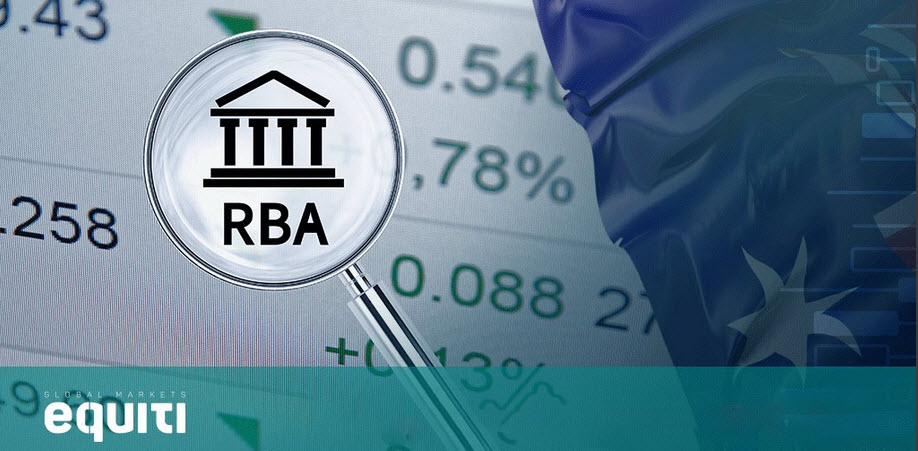The Reserve Bank of Australia announced its decision to keep interest rates at 1.50% at its meeting on June 5. The main points of the interest rate are as follows:
- The pace of growth of many advanced economies is accelerating.
- Unemployment rates have stabilized at low levels.
- China's economy continues to grow strongly.
- Policymakers are becoming more concerned about risks in the financial sector and sustaining growth.
- Inflation remains stable at low levels globally, despite rising in some countries.
- Many central banks have tightened monetary policy as the global economy improves.
- The financial markets have been affected by a lot of policy developments in the euro area, especially in Italy.
- Long-term bond yields have fallen in most major economies.
- Australia's commodity exports have dropped recently but remain within the range we have seen over the past year.
- Oil prices have risen significantly.
- Australia's terms of trade are expected to decline over the next few years but remain at a relatively high level.
- The Australian economy is expected to grow at an average of 3% or slightly higher in 2018 and 2019.
- Labor market conditions improved.
- Non-commercial business investments have increased.
- Stronger export growth is expected after temporary weakness at the end of 2017.
- Among the sources of persistent uncertainty are expectations for household consumption.
- Although consumption growth rose in late 2017. Household income was growing slowly, and debt levels were high.
- Growth has significantly increased participation rates in the labor market sector.
- Inflation remains low, with the CPI and core inflation falling just below 2%.
- Inflation is likely to remain low for some time, reflecting lower growth in labor costs and strong retail competition.
- The latest inflation data is in line with the bank's expectations and is below 2%.
- Expectations indicate that inflation will grow by 2% this year.
- A gradual recovery in inflation is expected.
- The AUD remains within the range it has been in the past two years.
- The high exchange rate is expected to lead to a slow increase in economic activity and inflation than is currently expected.
- House prices rose significantly in Sydney and Melbourne.
- More stringent credit measures and standards have helped contain the risk of accumulation of risks in the household budget.
- Household debt remains stable at historic highs.
- Stability of interest at low levels supports economic growth.
- The current easing monetary policy supports economic growth and rising inflation to the desired proportions.
